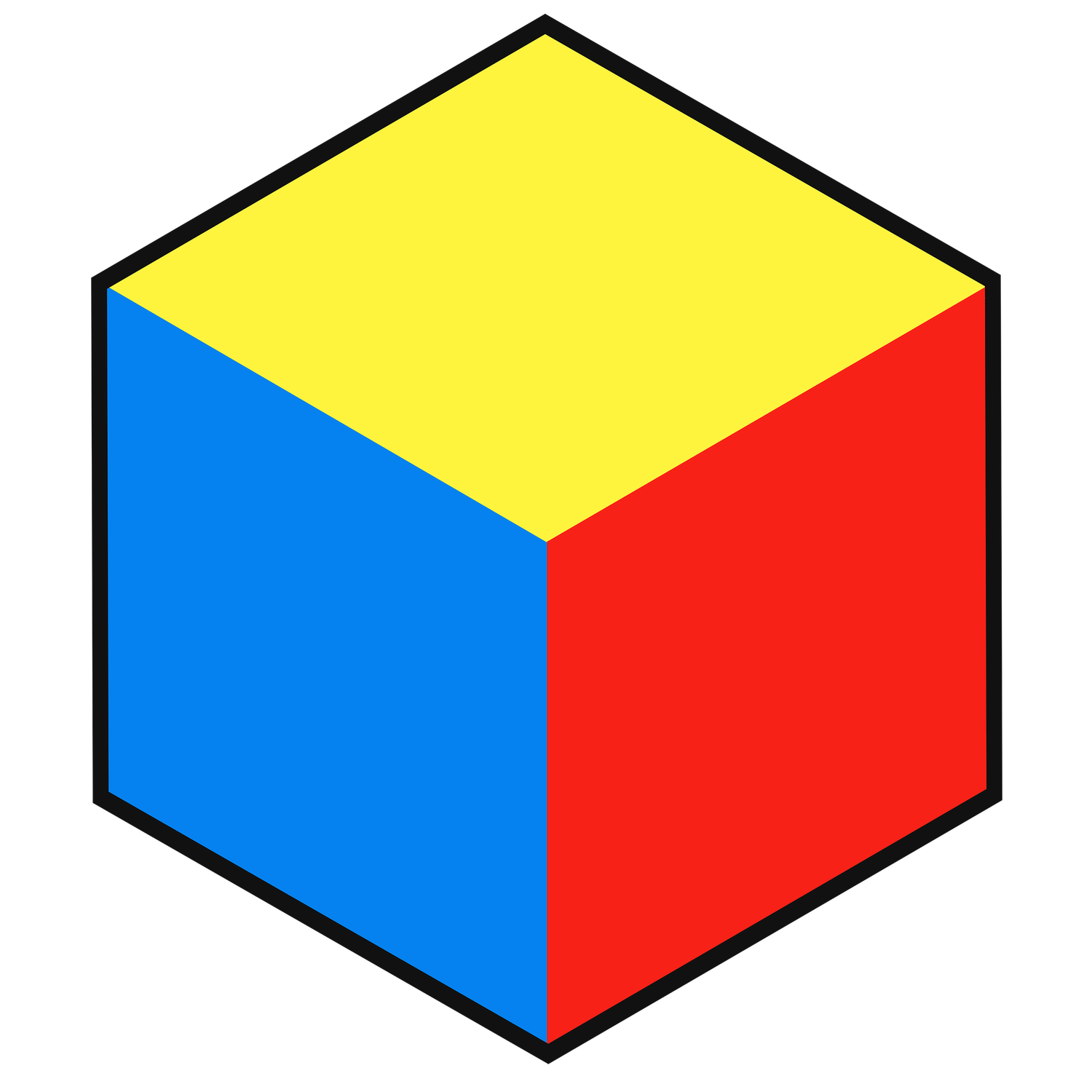Levels of Graffiti and Your Graffiti Journey!
Graffiti is more than just an art form—it's a dynamic community. If you're diving into graffiti art or seeking to enhance your skills, understanding where your skills/knowledge stack up in the greater art community can be helpful. These levels not only reflect your growth as a graffiti artist but also how you measure up in the wider art world.
Level 0: The Curious and the Newcomer
At this stage, artists either have a budding interest in graffiti or have been dabbling in it for a year or two. Many are still exploring whether they love the art form itself or are more drawn to the community and culture surrounding it. Here, artists may experiment with tags, but their styles often lack consistency. This is the time to explore, make mistakes, and see if graffiti is a passion worth pursuing.
Level 1: The Amateur (Toy)
Artists at Level 1 start to develop a more consistent handstyle and may experiment with throw-ups (throwies). Biting—or copying—styles from admired graffiti artists is common, even if it's not always admitted. At this stage, understanding fundamentals like letter structure and flow can help artists create cleaner, more cohesive work. While the desire to appear advanced can lead to overly ambitious projects, this is still a learning phase.
Level 2: The Intermediate
With more experience, Level 2 graffiti artists begin refining their throw-ups and pieces. They may have a better grasp of 3D effects, drop shadows, and fill-ins. However, reliance on intuition rather than studied knowledge can lead to bad habits. Artists here may experiment with extensions and more complex compositions, but the execution often needs more polish. Diving deeper into general art fundamentals like line, shape, form, and value can help solidify their work.
Level 3: The Pro Graffiti Artist
At this level, graffiti artists produce impressive, clean, and dynamic work. They have refined handstyles, throwies, and pieces, and can adapt to writing different names with minimal effort though these names may not be all too refined. However, many Level 3 artists still rely heavily on intuition rather than a studied understanding of general art fundamentals. To surpass this stage, a deeper study of traditional art principles is necessary. This is however where many graffiti artists stop. While most graffiti artists will never reach this point, the ones who do often have trouble passing this point and progressing into higher skills of art.
Beyond Graffiti: Level 4 - Amateur General Artist
Reaching this advanced level requires a dedication to learning and applying both general art fundamentals and graffiti-specific techniques. Artists who stop relying on imitation and commit to studying form, color, value, space, and texture open themselves to unlimited creative growth. The goal is not only to master graffiti but to become a versatile, knowledgeable artist capable of creating meaningful, impactful work. The reason level 4 as a graffiti artist only amounts to an amature artist is solely based on the fact that most graffiti artists never study the Elements of Art. They also spend the first few decades simply practicing just letters, and they spend their first few years not practicing at all. Many general artists, even young artists in 7th grade, have a far deeper knowledge and understanding of art that most graffiti artists never reach.
Beyond Graffiti: Level 5 - Intermediate General Artist
Its at this point that the artist begins to have a deep knowledge of the actual science behind graffiti, and it’s fundamentals, and they have a general understanding of the elements of art. They also have some rough ability to illustrate many of these general fundamentals though some mistakes may still be present.
Beyond Graffiti: Level 6 - Pro General Artist
At this point graffiti’s fundamentals are no longer a challenge to any degree, and the artist should now have a professional understanding of all of the elements of art and other art concepts. Graffiti artists at this level should be able to instantly break down any styles they see in graffiti at a glance, and they should be able to do any name in graffiti to a professional quality with minimal practice using the name. Its also here where the artist has likely begun learning another form of art that offers more of a challenge and more information to delve into. All the while, they’ll take what they learn and apply this new information to graffiti, elevating the art form.
Want to Take Your Graffiti to the Next Level?
If you’re serious about learning how to make graffiti for beginners and developing your style, check out our Ultimate Graffiti Guide Book. It’s the only book on the market that teaches graffiti fundamentals in immense detail, walking you through the process of creating your own unique style.








